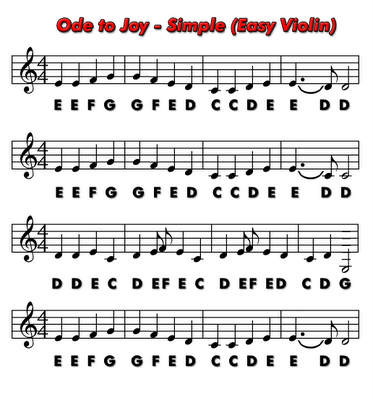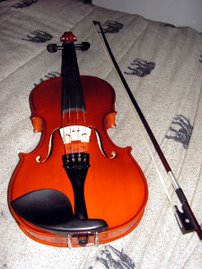From the brief read through of the book, it does look to be aimed at the more youthful population. Unfortunately, it appears to be meant as the students counter-part to an Accompanyment book that a teacher would have, and so it will not be the primest novel for the sole-practitioner. On the plus side, it does have a fair few nuggets of information in the little tip boxes.
The book also provides some pieces of music which will be useful for practising. There are a number of pieces in the back that are traditional tunes in which they have changed just one or two words in each song. While I find this a little bit infuriating, I guess many might find it intriguing / amusing - I mean, who can resist the sound of "Twinkle, Twinkle Little Bat" or the oh so joyous, "Old Mac Donald had the Blues"... *Sigh*. On the plus side, you can obviously sing along with the correct words in your head if it'll help whilst practising. Overall, a fairly average looking book. I'll have to dissect it properly a little bit down the line.
And in closing, It's nice to be back home and in touch with the old Virtuosi Violin once more. I plan to meet up with my PhD Muse tomorrow in the hope that we might share some Violin Secrets that will aid my quest in mastery. In the mean time, I'm considering scouring the web for Some Classical Violin CDs











